How Do Ventilation and Perfusion Differ Across Lung Zones, and What Are the Implications of V/Q Mismatch in Respiratory Health and Disease?
Published on 03/05/2025 · 8 min readUnderstanding how air and blood flow work together in your lungs is key to grasping respiratory health. This post dives into the concepts of ventilation (air in) and perfusion (blood flow) in the lungs, exploring how they vary and why these differences matter.
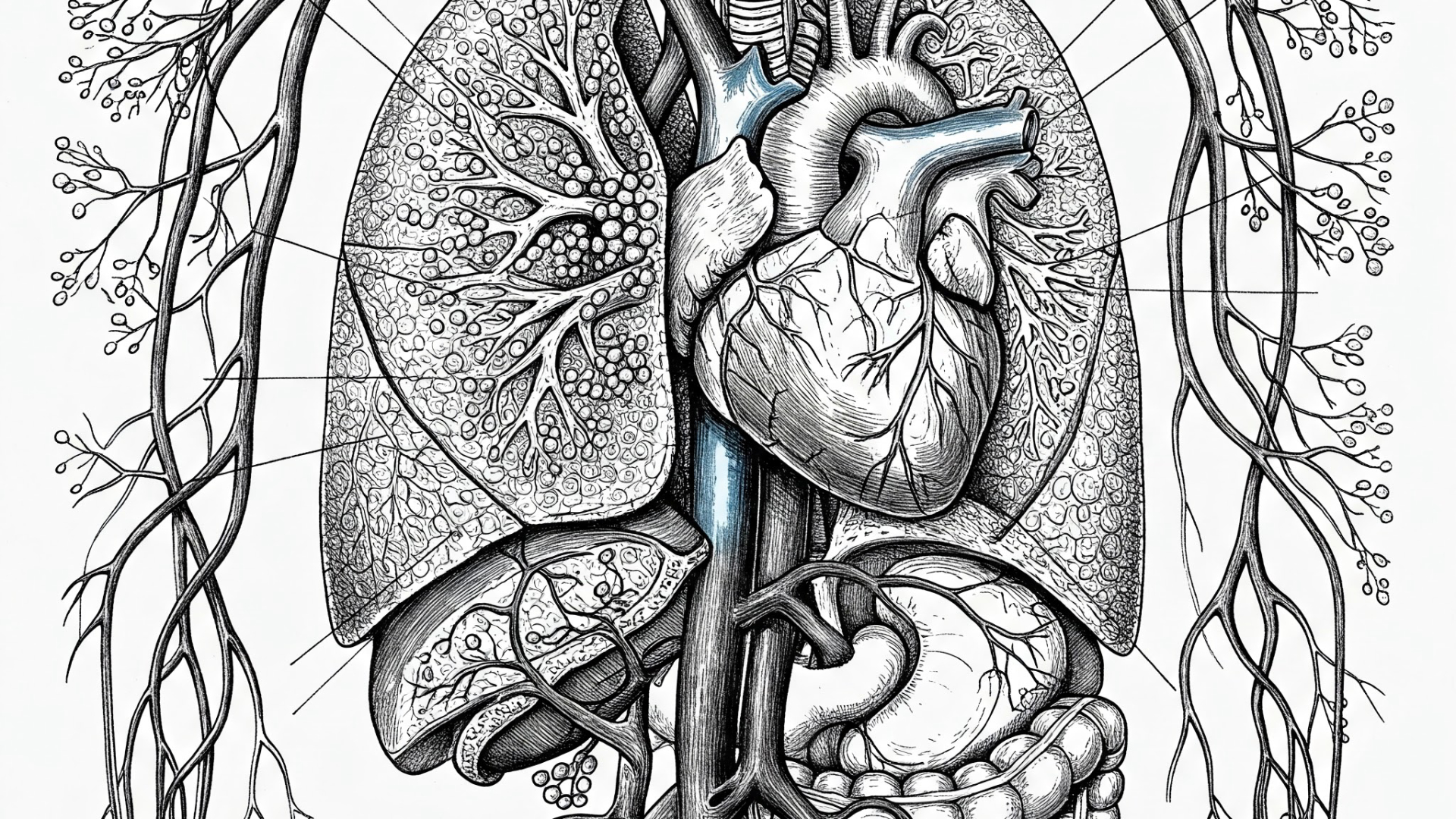
Table of Contents
Ventilation (V) and Perfusion (Q): The BasicsZonal Differences in V/Q RatioZone 1 (Apex of the Lung)Zone 2 (Middle of the Lung)Zone 3 (Base of the Lung)Implications of V/Q Mismatch in DiseaseLow V/Q Ratio (Ventilation Less Than Perfusion)High V/Q Ratio (Ventilation Greater Than Perfusion)
Ventilation (V) and Perfusion (Q): The Basics
Ventilation (V) refers to the volume of air that reaches the alveoli – the tiny air sacs in your lungs where gas exchange occurs. Think of it as the fresh oxygen making its way in.
Perfusion (Q) is the amount of blood flow reaching these same alveoli, ready to pick up oxygen and drop off carbon dioxide. It's the delivery system for gas exchange.
The relationship between these two is known as the ventilation-perfusion (V/Q) ratio. Ideally, these should be well-matched for efficient gas exchange.
Zonal Differences in V/Q Ratio
Interestingly, ventilation and perfusion aren't uniform throughout the lungs. Gravity plays a significant role when you're in an upright position, leading to three distinct zones with varying V/Q ratios:
Zone 1 (Apex of the Lung)
At the top of your lungs, both blood flow and airflow are lower compared to the base. However, blood flow (perfusion) is more significantly reduced due to gravity. This results in a higher V/Q ratio. Think of it as more air available than blood to carry it away – sometimes referred to as "wasted ventilation" or physiological dead space.
Zone 2 (Middle of the Lung)
This zone represents a more balanced scenario where blood flow and airflow are more closely matched, leading to a more optimal V/Q ratio.
Zone 3 (Base of the Lung)
Towards the bottom of your lungs, gravity pulls more blood, leading to increased perfusion. Ventilation is also higher at the base compared to the apex, but the increase in perfusion is more substantial. This results in a lower V/Q ratio. Here, there's more blood flow than available air for complete oxygenation – sometimes referred to as "wasted perfusion" or physiological shunt.
The average V/Q ratio across the entire lung is approximately 0.8, indicating slightly more perfusion than ventilation overall.
Implications of V/Q Mismatch in Disease
When the balance between ventilation and perfusion is disrupted, it leads to a V/Q mismatch, which can significantly impair gas exchange and lower blood oxygen levels.
Low V/Q Ratio (Ventilation Less Than Perfusion)
Conditions that reduce ventilation while blood flow remains (or is less affected) lead to a low V/Q ratio. Examples include:
- Pneumonia: Fluid and inflammation in the alveoli reduce air entry.
- COPD (Chronic Obstructive Pulmonary Disease): Mucus buildup and airway narrowing restrict airflow.
- Pulmonary Edema: Fluid accumulation in the lungs hinders ventilation.
In extreme cases where ventilation to an area is completely absent but perfusion continues, it's called an absolute physiological shunt. Blood passes through these unventilated alveoli without picking up oxygen.
High V/Q Ratio (Ventilation Greater Than Perfusion)
Conditions that reduce blood flow to ventilated alveoli result in a high V/Q ratio. Examples include:
- Pulmonary Embolism (PE): A blood clot blocks pulmonary arteries, reducing or stopping blood flow to certain lung regions.
- Late-stage COPD: Destruction of pulmonary capillaries can reduce perfusion.
When perfusion to an area is absent despite ventilation, it's termed absolute dead space. Air reaches the alveoli but no gas exchange occurs because there's no blood flow.
The dynamic interplay between ventilation and perfusion is crucial for maintaining adequate blood oxygenation. Understanding how these processes differ across lung zones and how various lung diseases can disrupt this delicate balance (leading to V/Q mismatch) is fundamental to diagnosing and managing respiratory conditions. Recognizing these imbalances helps healthcare professionals tailor treatments to optimize gas exchange and improve patient outcomes.
Shop related blood tests
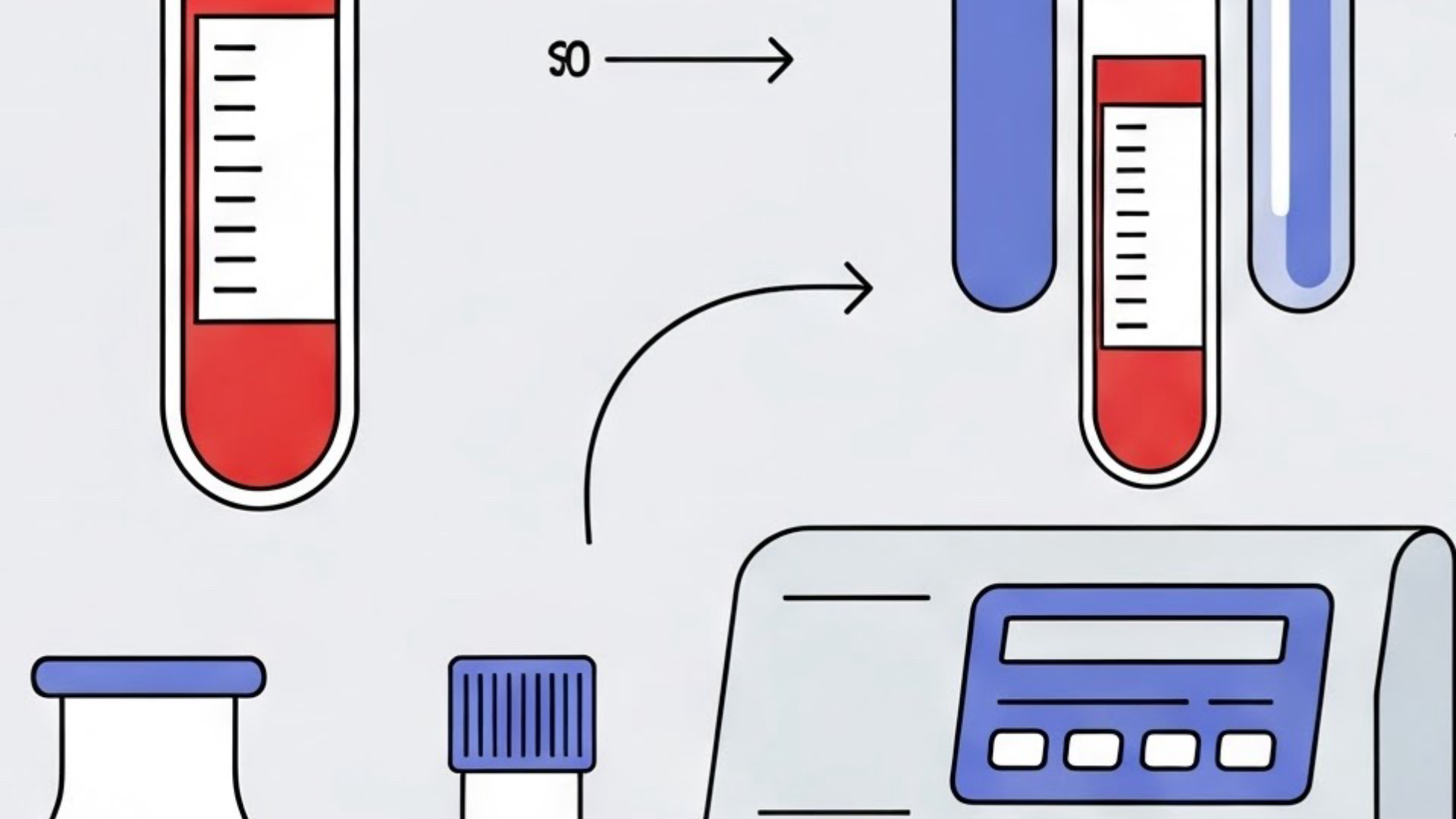
Comprehensive Metabolic Panel (CMP)
This panel provides a broad overview of metabolic function, including kidney and liver health, and electrolyte balance. These factors can be affected by or contribute to respiratory issues and overall physiological status relevant to V/Q matching.
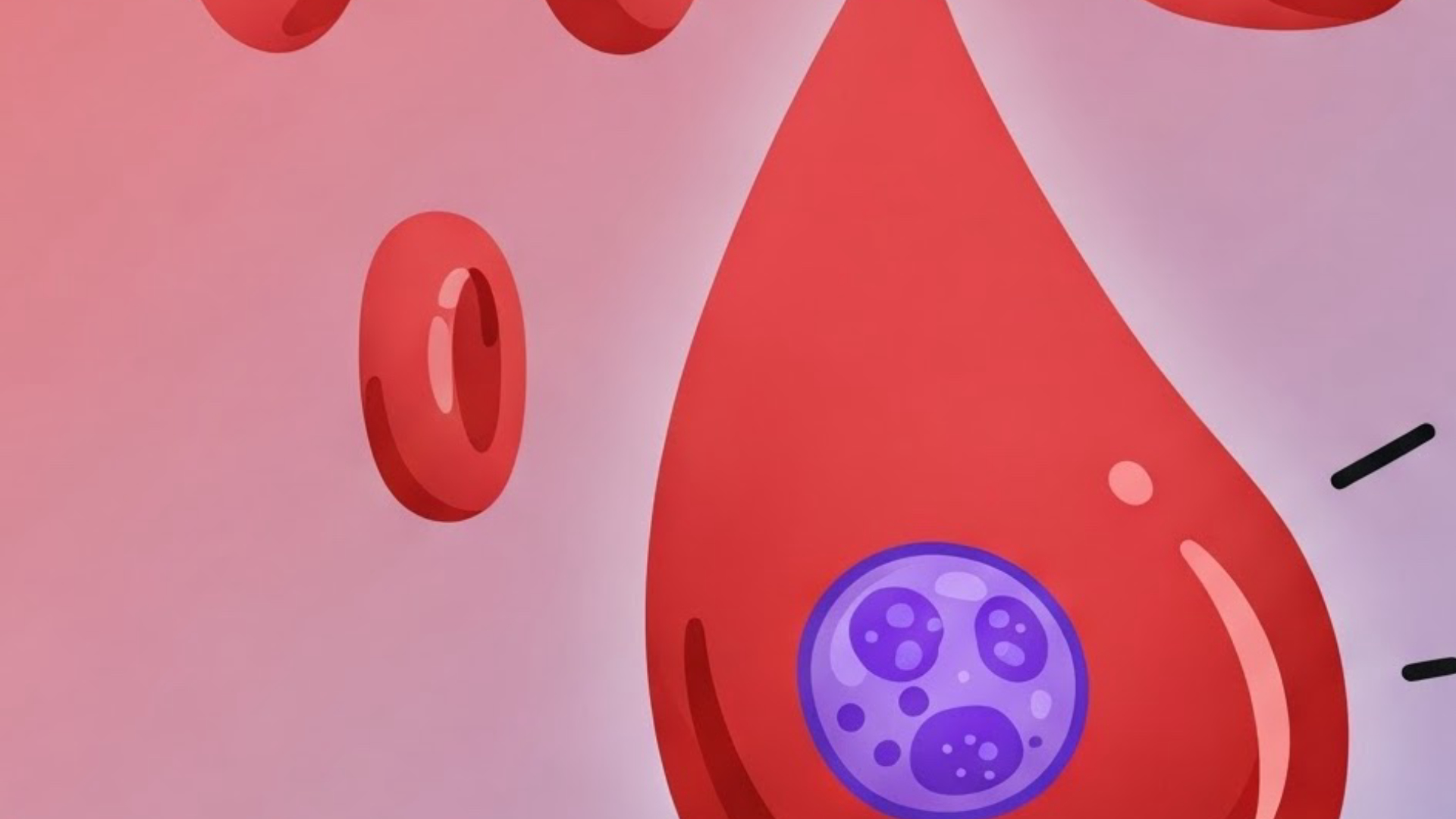
CBC (H/H, RBC, Indices, WBC, Plt)
This test assesses red blood cell count and hemoglobin levels, which are directly involved in oxygen transport (perfusion). It also looks at white blood cells, which can be elevated in conditions like pneumonia that affect ventilation.
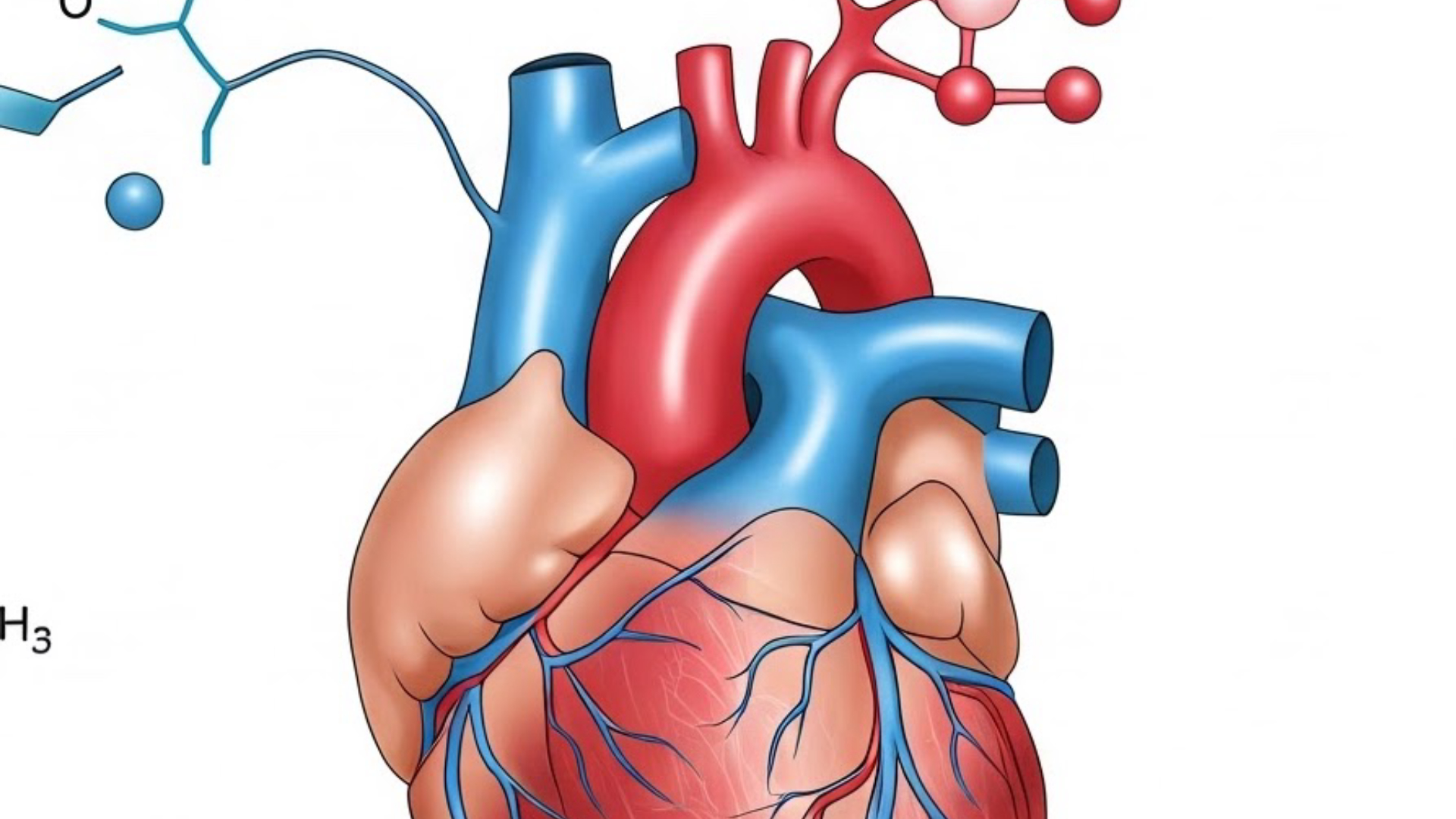
B-Type Natriuretic Peptide (BNP)
While primarily a marker for heart failure, elevated levels can indicate fluid overload, which can contribute to pulmonary edema and thus low V/Q mismatch (impaired ventilation).
Read next
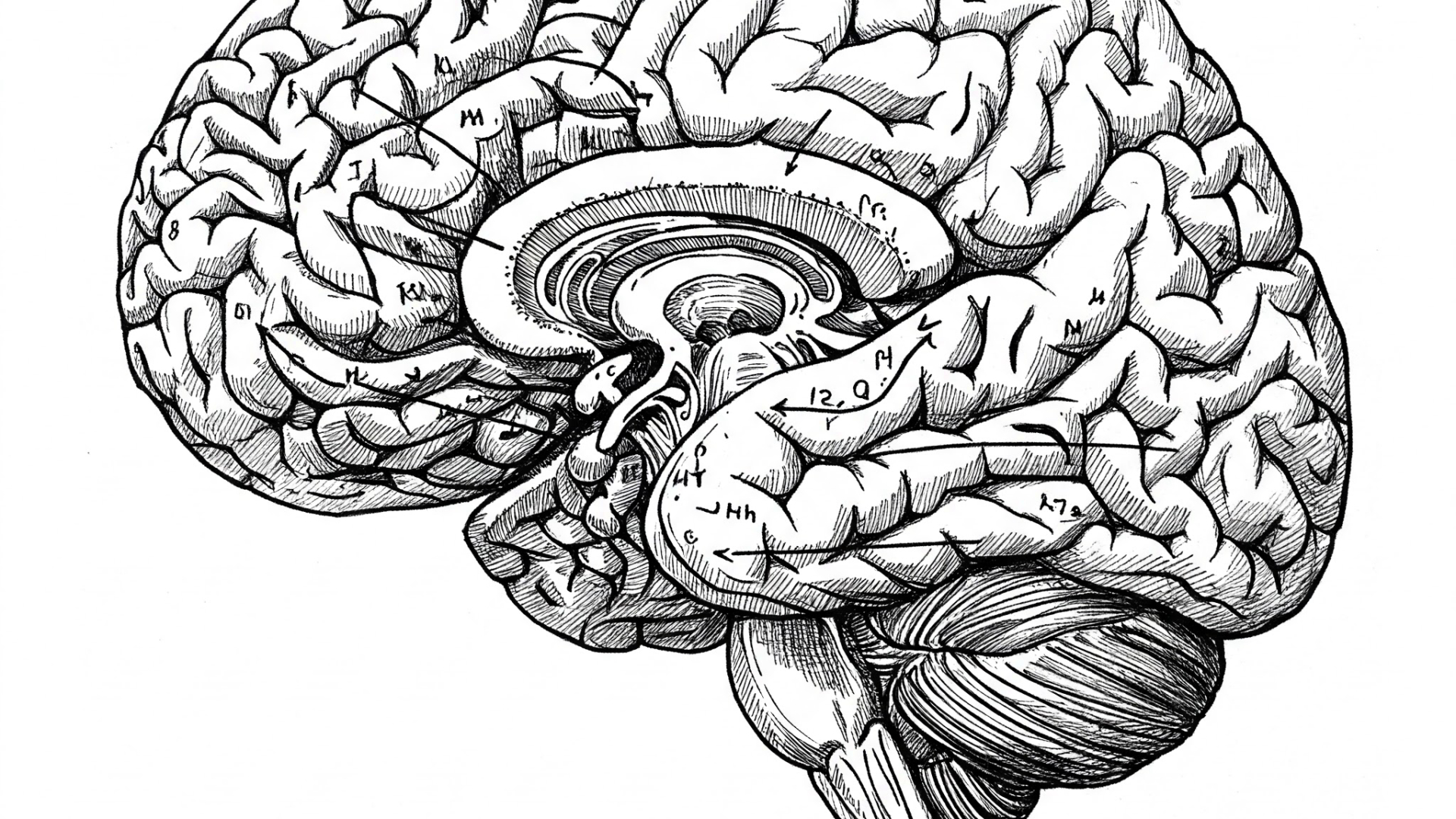 Written on 01/22/2025
Written on 01/22/2025Parkinson's and Huntington's Disease: How Do Dopamine and GABA Imbalances Affect Movement?
Understanding neurological disorders like Parkinson's and Huntington's disease requires delving into the complex world of neurotransmitters. These diseases, while both impacting movement, stem from distinct imbalances in brain chemistry. Read more
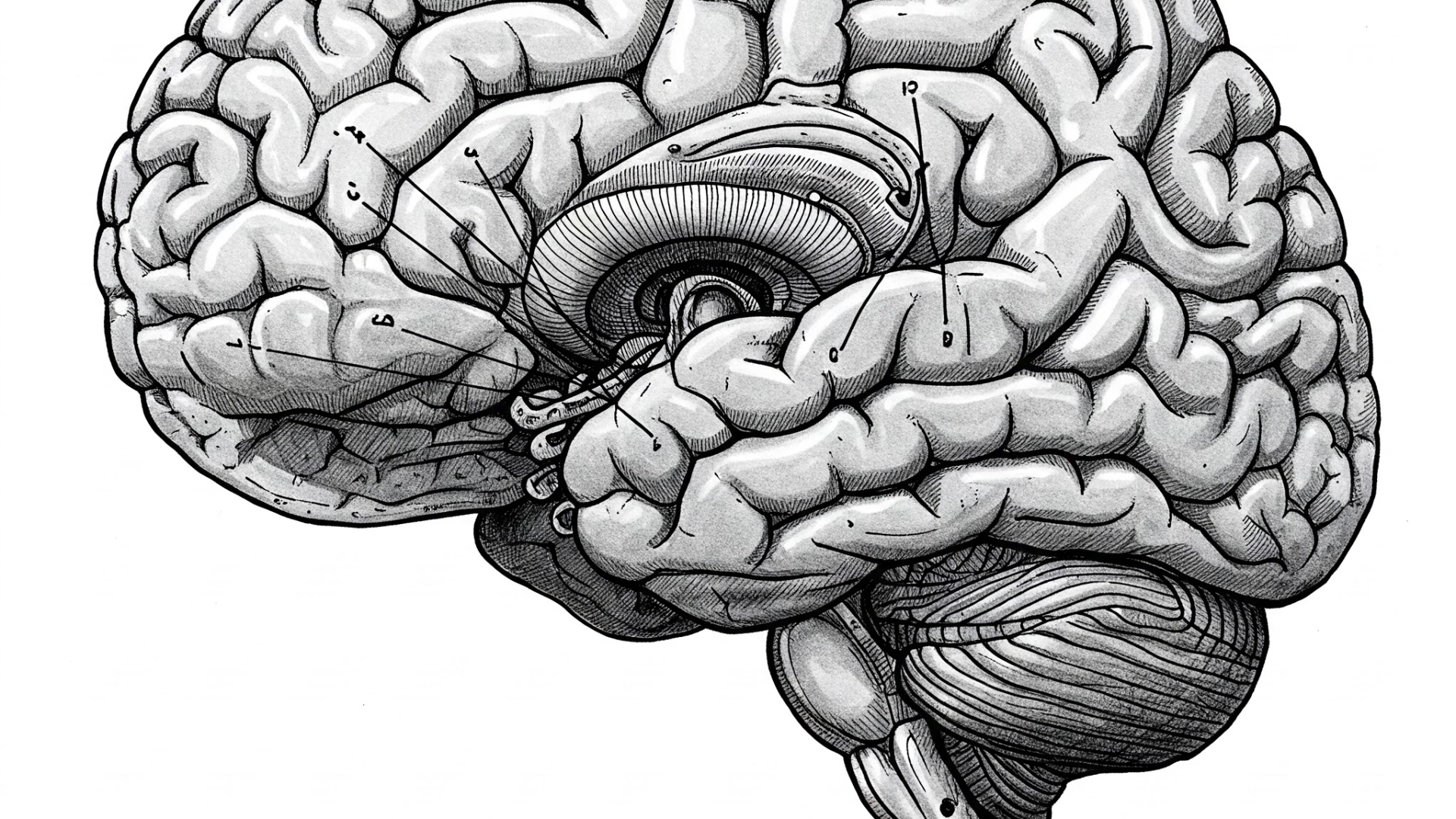 Written on 01/15/2025
Written on 01/15/2025How Does the Hardy-Weinberg Principle Calculate Allele and Genotype Frequencies in a Population?
Understanding the genetic makeup of populations is crucial in biology. The Hardy-Weinberg principle provides a mathematical framework to determine allele and genotype frequencies. Let’s break down how this principle works. Read more
 Written on 02/28/2025
Written on 02/28/2025Sequence vs. Syndrome vs. Association: Understanding Key Medical Terminology?
Ever get tripped up by medical terms like sequence, syndrome, and association? You're not alone! These words describe how different health conditions can occur together, but they each have a distinct meaning. Let's break it down. Read more
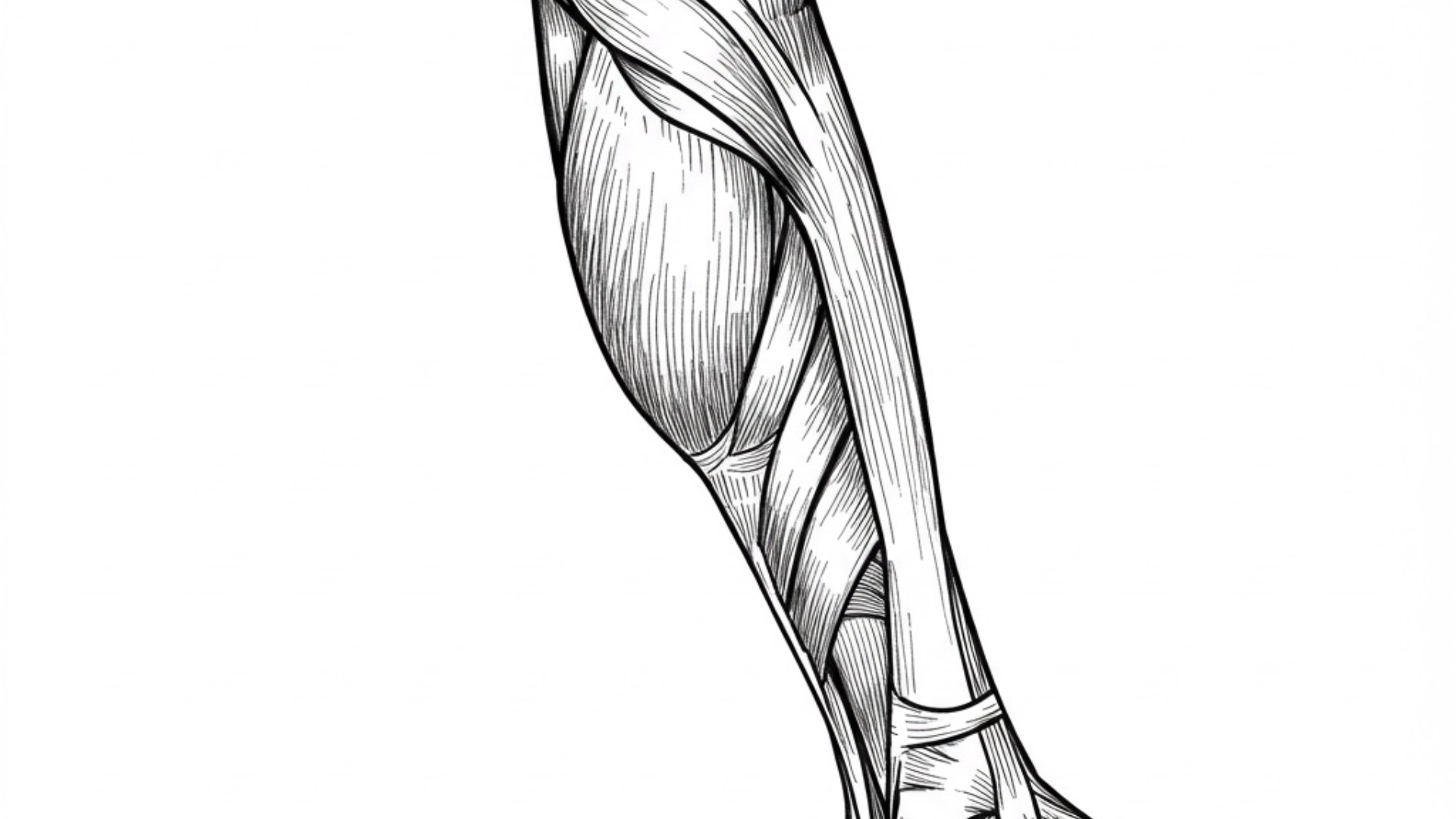 Written on 02/25/2025
Written on 02/25/2025Lower Limb Muscles and Ligaments: What Are the Key Structures and Their Functions?
Understanding the intricate network of muscles and ligaments in your lower limbs is fundamental to comprehending movement, stability, and potential injuries. Let's delve into the key structures of the hip, thigh, and gluteal region. Read more
